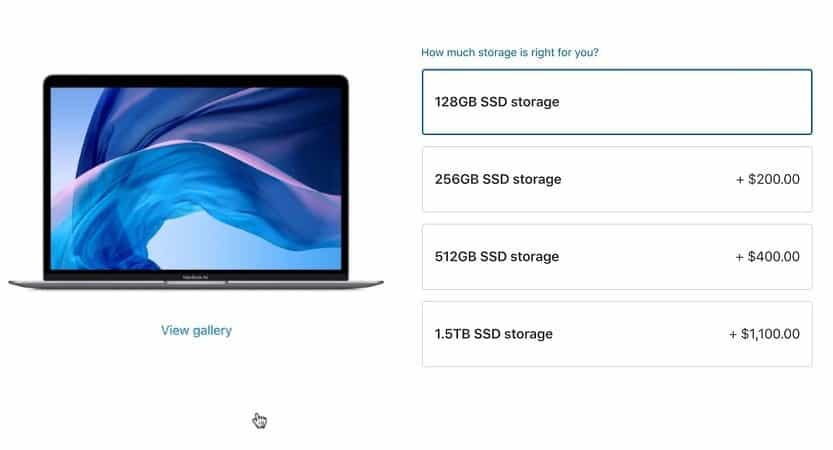

- #Macbook system storage tak how to#
- #Macbook system storage tak download#
- #Macbook system storage tak mac#

#Macbook system storage tak download#
If you want to give it a go, you can download a free version of CleanMyMac X here. Or you can choose which ones you want to get rid of and remove just those.
#Macbook system storage tak mac#
This handy utility scans your Mac and identifies things like temporary files, translation files in apps, broken preferences files, old updates, and system cache files that are no longer needed.

It has lots of tools for clearing out junk files, but for our purposes, there’s one that really helps: System Junk. My favourite tool for clearing unnecessary system junk from my Mac is CleanMyMac X. Not knowing what files are included in System Data storage makes finding them tricky. Apple doesn’t explain what comprises this category of storage, but it’s likely that the following are part of it: Much of the storage space used by the OS for system-related tasks is cleared when macOS deletes the files automatically, but sometimes that doesn’t happen, which is why the System Data category can grow very large.
#Macbook system storage tak how to#
Later in this article, we're going to explain how to remove Time Machine backups. If you're having a lot of your space allocated for System Data, you may have Time Machine snapshots stored on your Mac.

If System Data is taking up too much disk space on your Mac, explore those two folders and see what's stored in them. MacOS System Data is mainly stored in both the System and Library folders. But sometimes they don't, and when they accumulate, Mac System Data may grow bigger. Some of the temporary files generated by your apps and macOS usually get deleted automatically. What to do when Mac System Data grows too large It also contains other items like disk images, archives, plugins, extensions, and everything else that doesn’t fit into the macOS category. Part of this storage includes application leftovers, temporary files, and old cache. There is also a macOS storage tab, which contains all macOS-related files and data. The Other storage has disappeared, but instead, a new System Data tab appeared. What is System Data on Mac?Īpple has made some changes in the storage categories with the recent macOS update. What is it and how do you clear it? Read on and find out. One thing you’ll have noticed is that colored bar labeled ‘System Data’. And so, if you have an SSD, you probably spend a lot of time checking the Storage tab in About this Mac. This can be a problem if you have a large collection of photos or music files, or if you use your Mac to edit video. Solid-state drive (SSD) is fantastically fast, but its high cost means that Macs with built-in SSD startup drives have a much lower capacity than their hard disk-based counterparts. But to help you do it all by yourself, we’ve gathered our best ideas and solutions below.įeatures described in this article refer to the MacPaw site version of CleanMyMac X. When that process is ended, one thermal energy storage cycle is complete, and the tank again is ready to be discharged during the On Peak Cooling Mode.So here's a tip for you: Download CleanMyMac to quickly solve some of the issues mentioned in this article. In the charging phase, warm water is withdrawn through the top diffuser, sent to the chiller plant, and then returns cold into the tank through the bottom diffuser after being cooled by a chiller system. When the discharge operation is complete, the tank will contain mostly warm water, and is ready for the start of the “charging” mode (Refer to Off-Peak Cooling Mode illustration). During the discharge mode, the chillers and associated condensing equipment are de-energized, and chilled water from the TES tank is circulated to the facility for cooling. The illustration shows how a TES tank would operate at the beginning of the daily discharging phase (refer to On Peak Cooling Mode). A narrow and sharply defined thermocline, or transistion layer of water, will form between the warm and cold water regions. These diffusers are designed to eliminate turbulence and allow the water in the tank to stratify, with the colder (and denser) water at the bottom and the warmer water at the top. Warm and chilled water enters and exits the tank through diffusers located at the top and bottom of the tank. Thermal energy (chilled water or hot water) is produced during periods of off-peak electrical demand (or usage), collected in a thermal energy storage tank, then withdrawn and distributed to the facility during on peak periods.


 0 kommentar(er)
0 kommentar(er)
